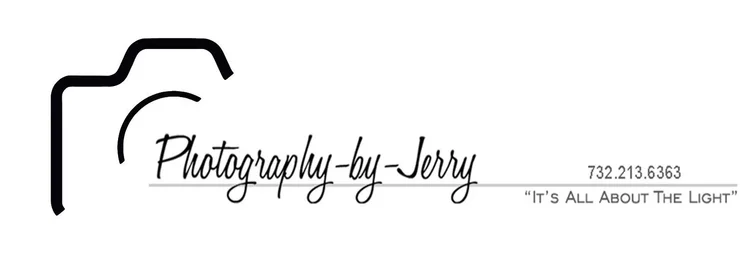So you’re going to have professional photos done of your product, creation or recipe. Congratulations, a very good decision indeed. However, this can be a cause for anxiety if you’ve never been to a professional photo shoot before. What is expected of you and what can you expect from all the people that might be there…the creative team.
It is of my opinion that the first thing you should do is search the Internet for photos that you like. Then try to figure out why you like them. Take a look at the backgrounds, the camera angle, the Depth of Field (sharpness or blurriness from front to back), the color palette and anything else you can think of. Do you like a rustic look on a wood surface or the clean look of pure white (required for Amazon.) This collection of photos is called a mood board. Share the mood board with your creative team and tell them what you like and why.
Use other images as inspiration only. It is very important that you don’t copy someone else’s image – especially if it’s unique. That is copyright infringement. Let your creative team create.
At this point, you should have a basic idea of what you want your image to look like. Now the questions begin. Here are a few common ones, have your answers ready.
Do you need horizontal, vertical or square images?
Do you need high resolution for print or low resolution for the Internet?
How many products?
How many shots of each?
What type of background and surface? (Pure white for Amazon?)
Is there a time frame?
Is there a layout to follow (for an ad or package?)
Is this an editorial or commercial photo shoot?
Editorial or commercial, what does that mean? Commercial photography is used for advertising or promoting something. A photo of your product on a label, package or in an ad would be commercial photography. Editorial photography is used to help tell a story. Photojournalism is editorial photography. So, you may think that all of your photography will be commercial. “It ain’t necessarily so.” Suppose you sell a product that can be used in a recipe. Photos of your product are commercial but, the photo of the finished recipe can be considered editorial because you are telling the story of how to use the product.
So, why do we need to distinguish between these two? In commercial photography, we are more concerned with “Truth in Advertising” rules. The image should be, or at least appear to be, exactly like the product being sold.
This all began when a soup company was using marbles to keep the meat and veggies at the top of the soup bowl in their ads. When you made the soup, it looked nothing like the ad. So, we now have “Truth in Advertising.” Make sure that your ads accurately represent your products.
You may say that the burger you get at the fast food joint doesn’t look anything like the one on the ad. Rest assured that the things going in to the photo of the burger are the same things that are in the actual burger. They are just handled in a much more careful way and then prepared with the skillful hands of a food stylist. Sometimes it gets carried away. Major burger companies will have the stylist glue each sesame seed onto the bun to make sure that it is perfect for the photos.
Photographers and stylist do manipulate the product on occasion. Occasionally, we have to add a little more product to a container or do other minor changes to make things look awesome. But, use common sense, you can’t show a 1/2 pound burger in an ad, when you only use 1/8 pound of meat. Advertising images can look better than the real thing but they cannot misrepresent.
The product represented in an ad or package should not try to deceive the consumer. The photographer and stylist are going to take steps to insure this. Suppose you sold a can of soup. The stylist is going to open a dozen cans of soup and count the number of carrots, peas, chicken, beans etc. in each can and get an average ratio. Then if you see these components on the spoon in front of a bowl of soup, they will be in the same ratio. It sounds crazy but, that’s how we protect the consumer.
Did you ever wonder why images of cereal and milk on a cereal box never looks soggy in the bowl or spoon? If you are selling cereal, the cereal should be real, and the proportions have to be right if there is more than one component. But, that doesn’t say anything about the milk. If you are selling cereal, Truth in Advertising rules apply only to your cereal…not the milk or anything else that is in the photo. I guess that you figured it out already, that white stuff in the bowl is not milk. If you are selling ice cream cones, the ice cream doesn’t have to be real. But, if you are selling the ice cream…it’s going to be the real thing.
Now suppose you have a recipe for soup. Even though your recipe is being used, everyone would make their soup slightly differently. In that case, it doesn’t matter how many peas you show on the spoon. It is just a guide to what the finished product will look like. Editorial shoots are usually easier than commercial. Many photographers charge more for commercial shoots than editorial ones. Editorial shoots usually take less time. So, this brings us to one of the first questions a photographer might ask in a Pre–Production meeting. “What are the images going to be used for?”
